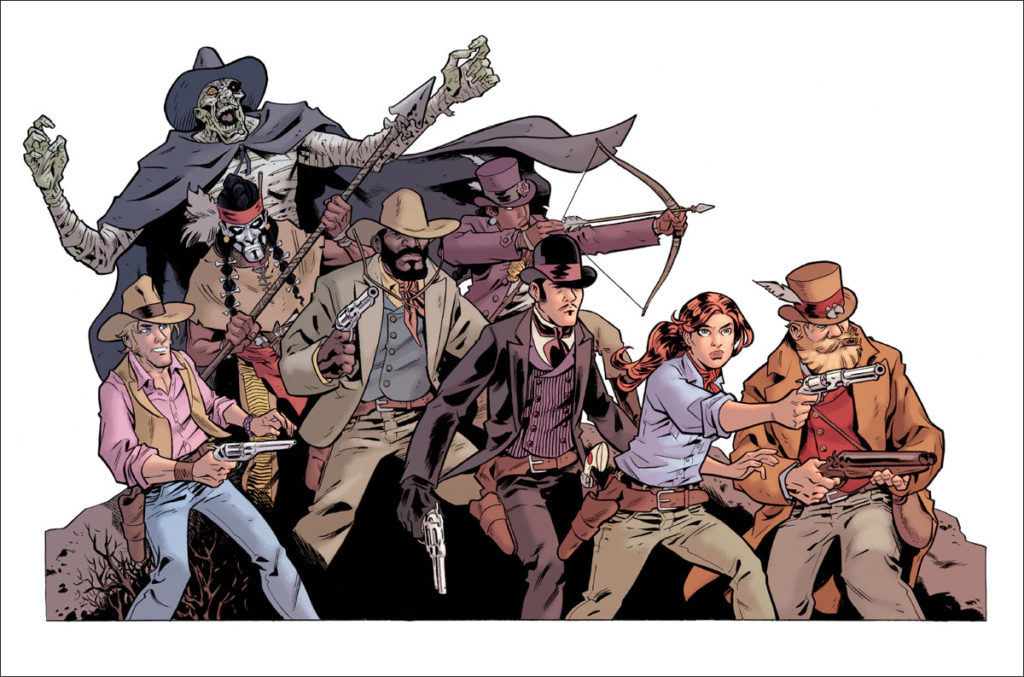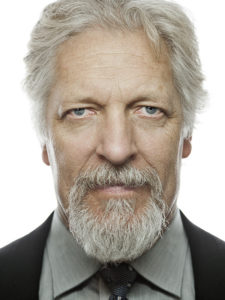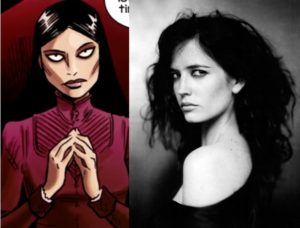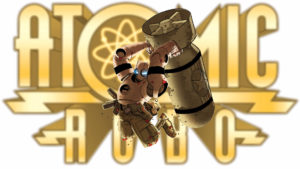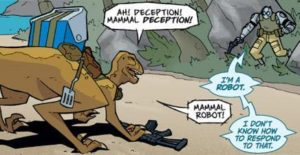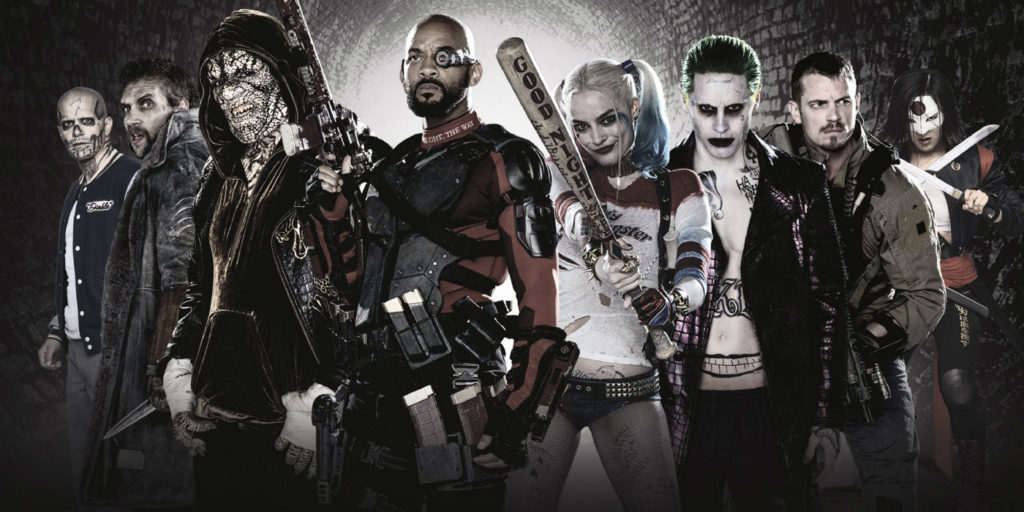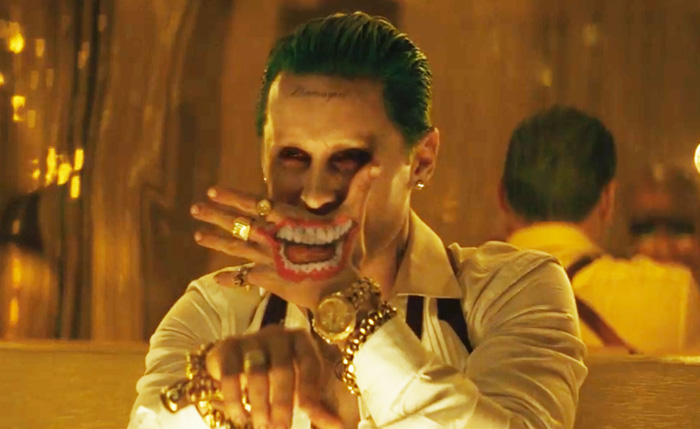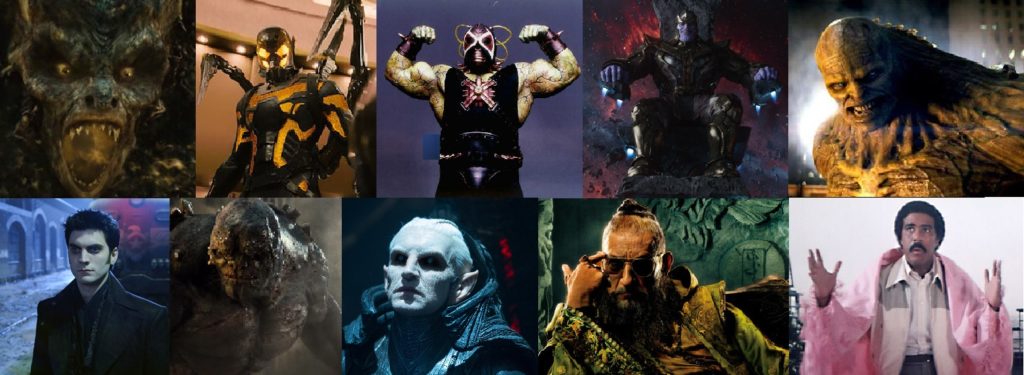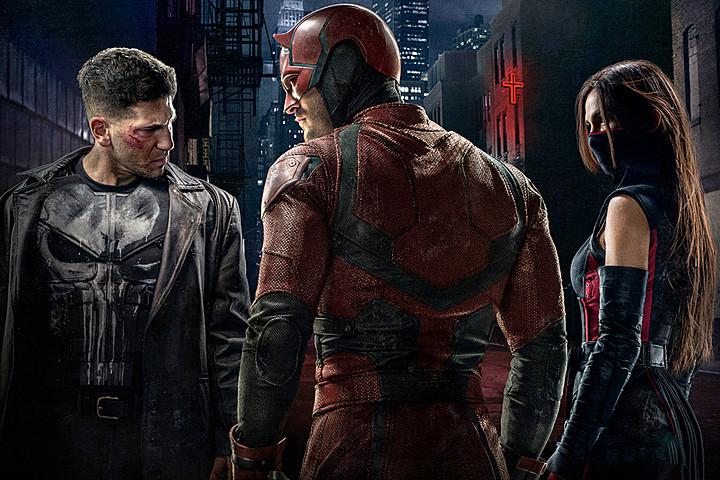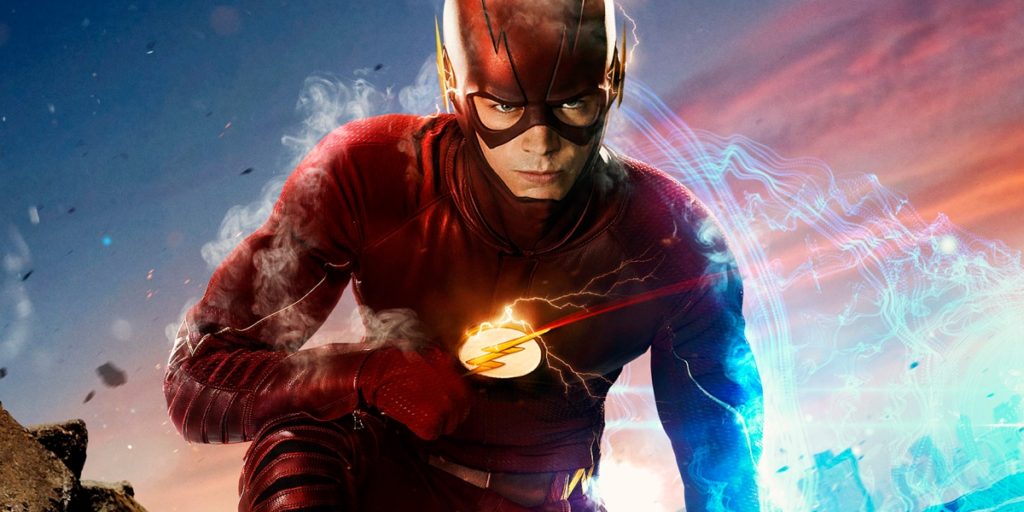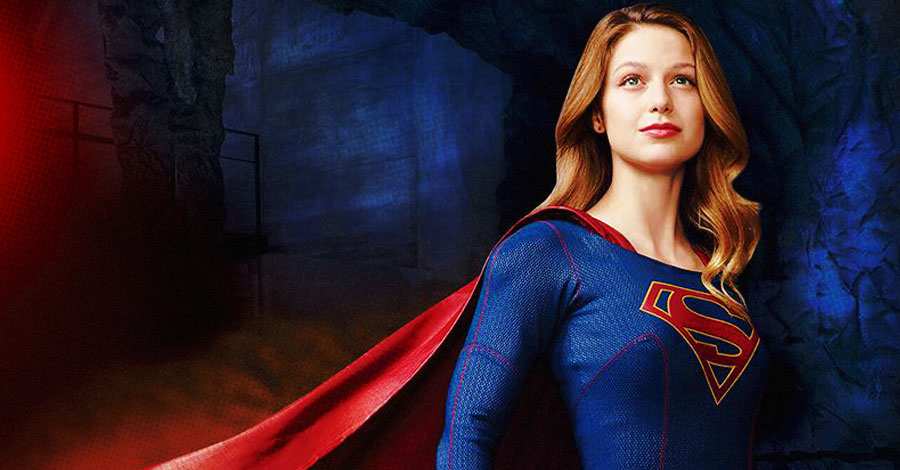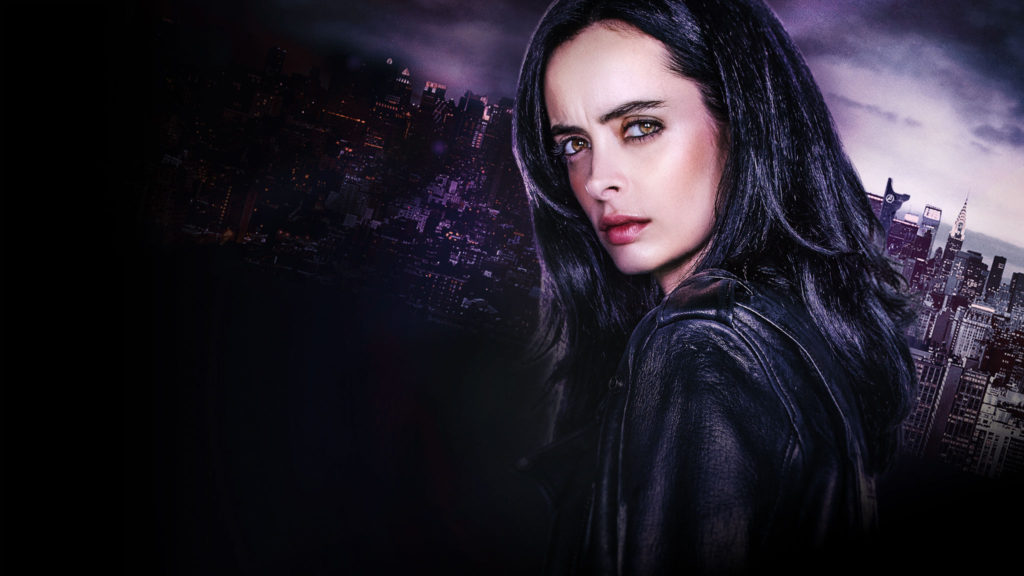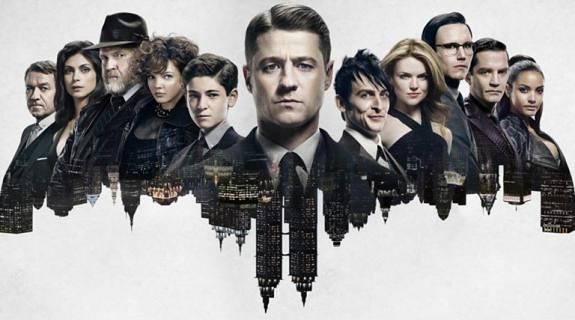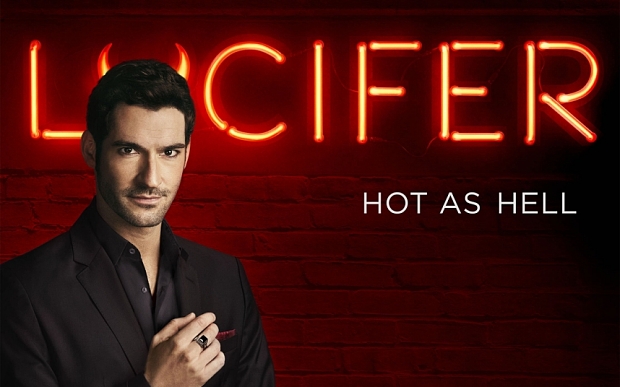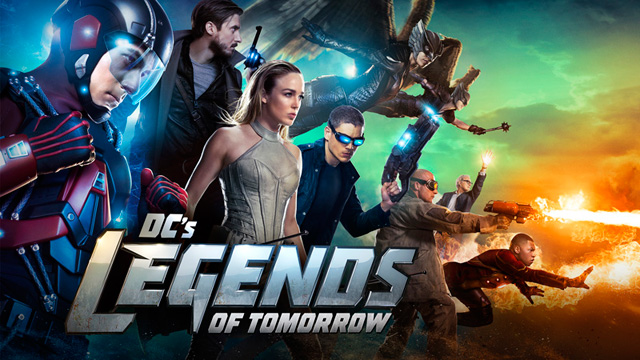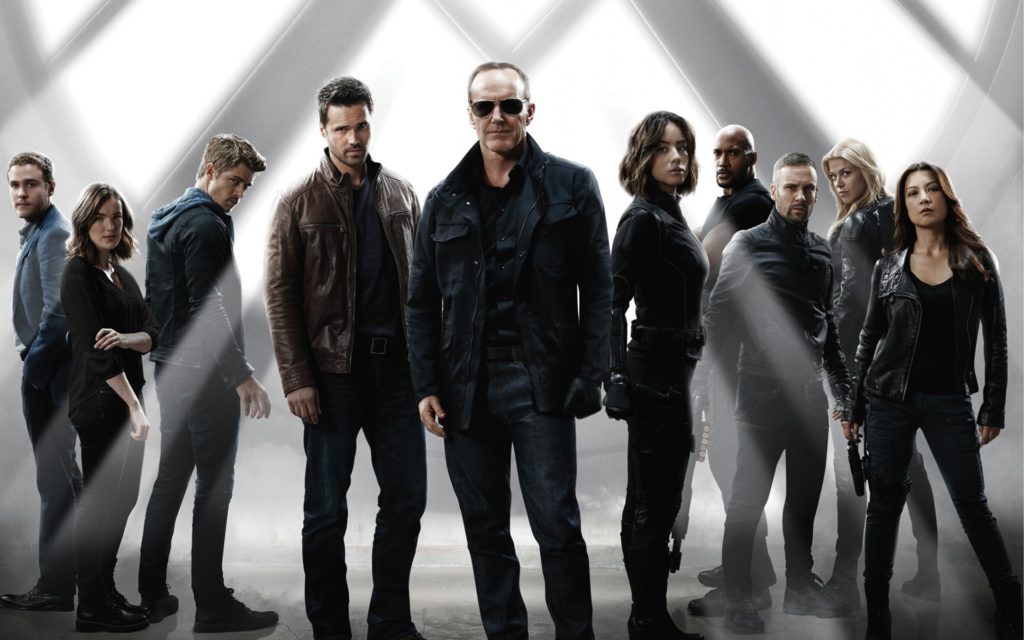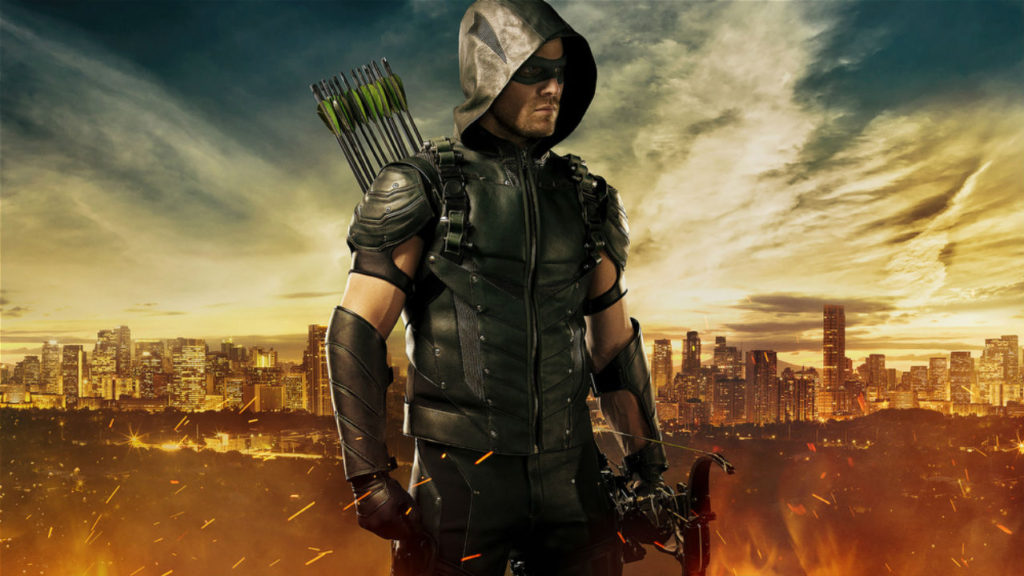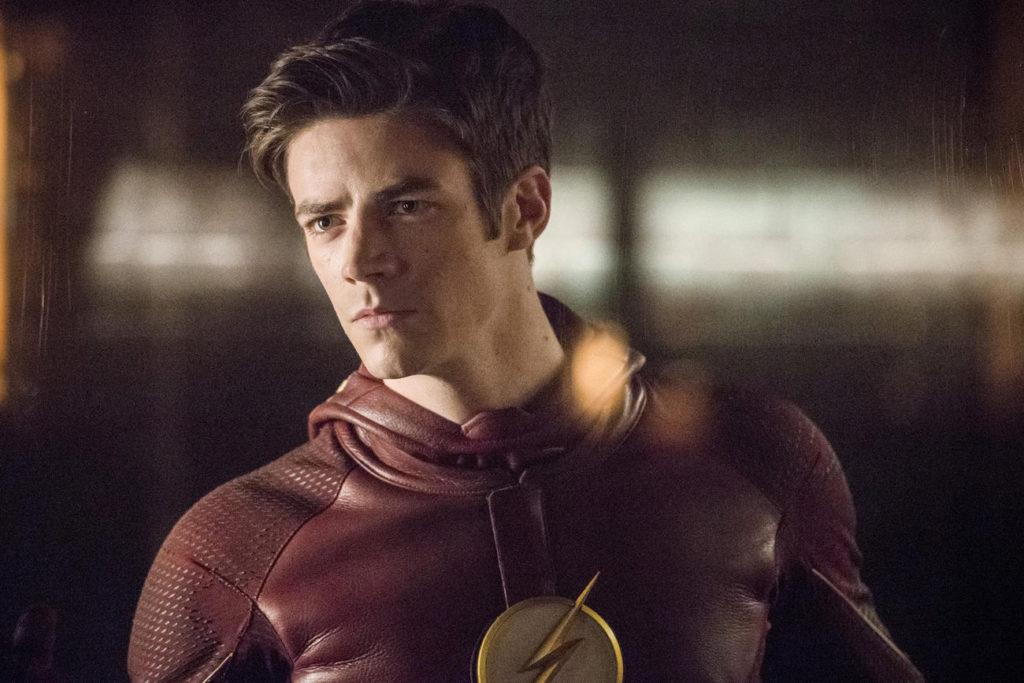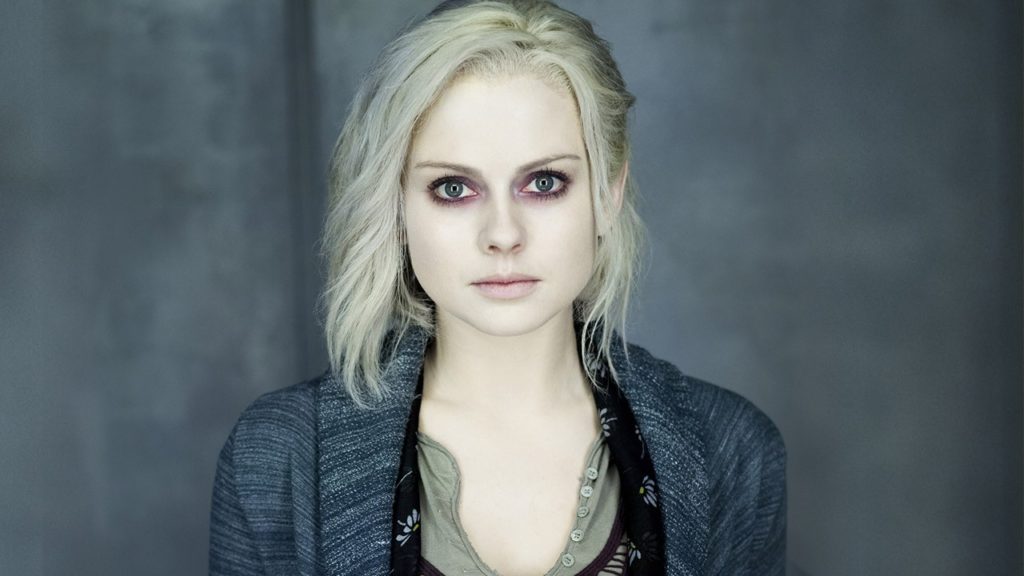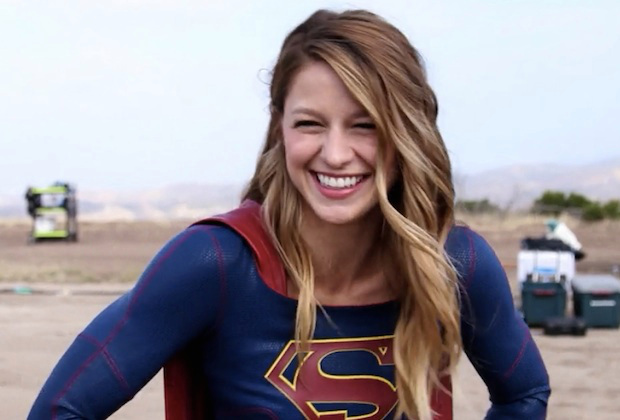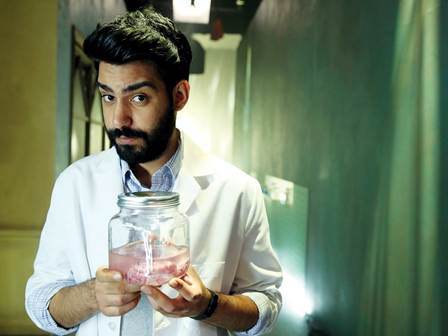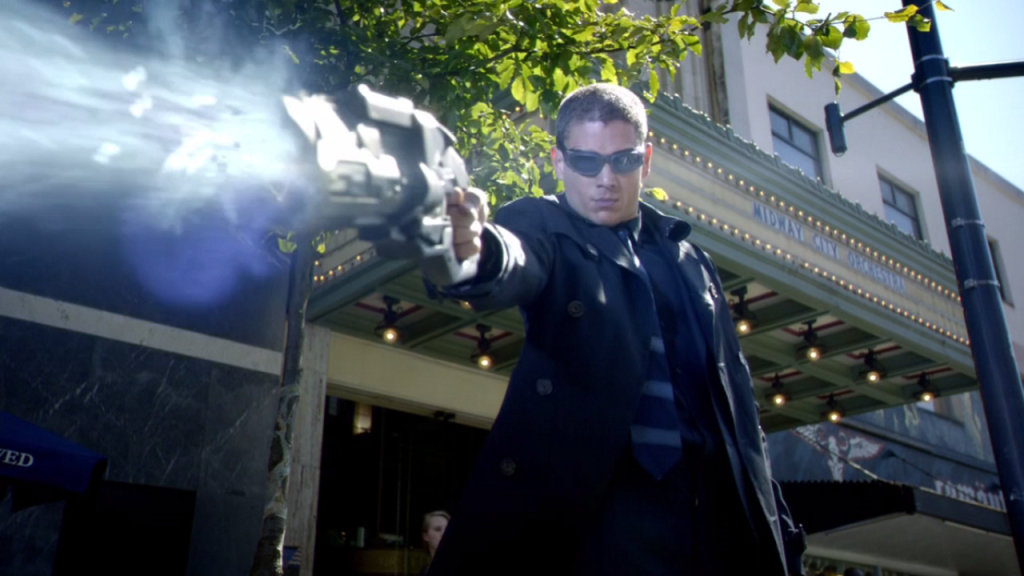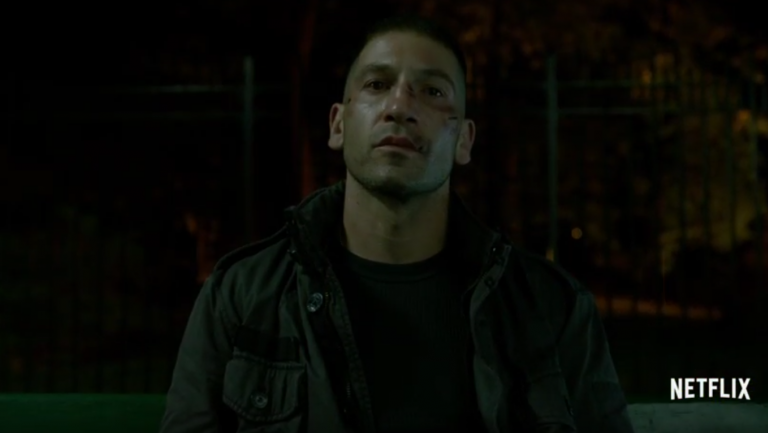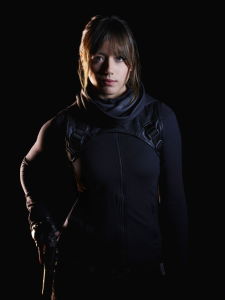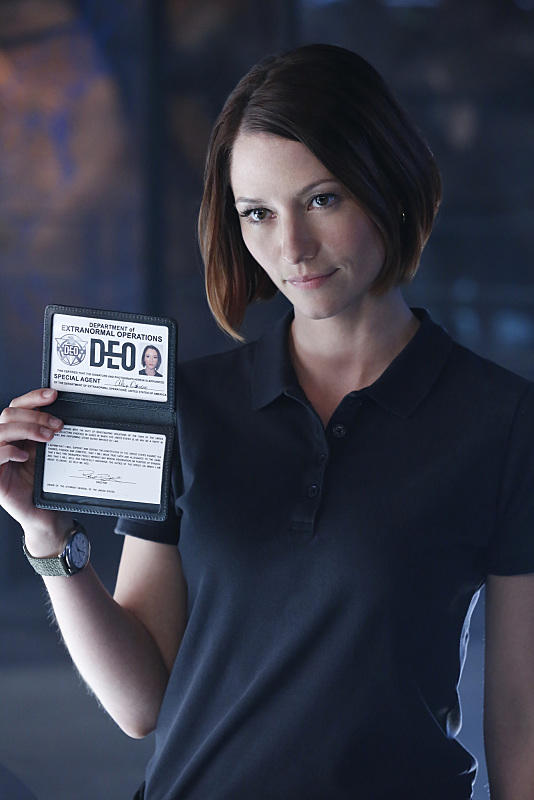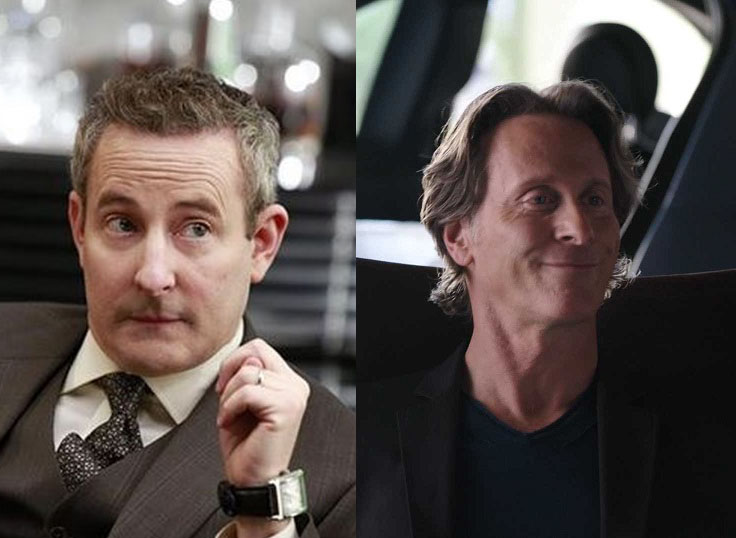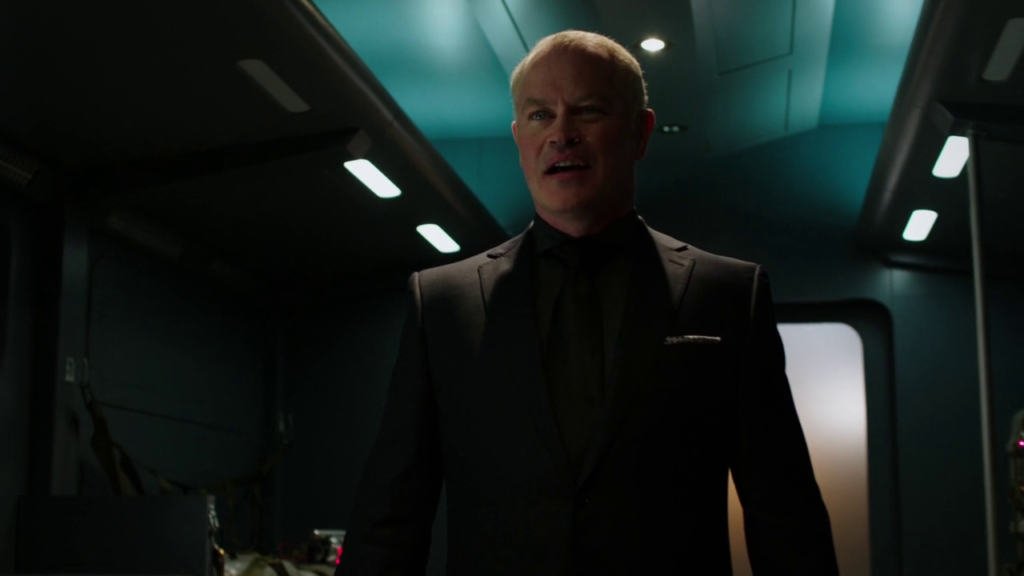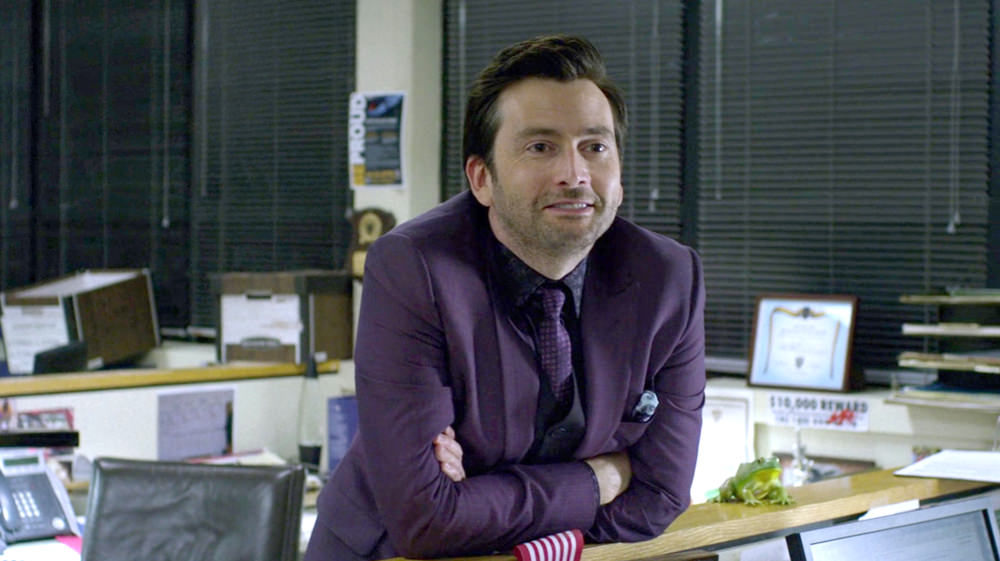When I need background noise while writing, more often than not I turn to The Office. And rewatching a show as often as I have means you have thoughts and opinions.
These are mine.
Romance is in the air
We’ve covered how Jim and Pam are the central couple of The Office, certainly in its early seasons. But in season two, they’re not the only ones. The ensemble is too big for only two people to have a love story, and besides… Jim and Pam are the swoon-worthy couple from the word go. Their relationship is played for “Awwwws” rather than laughs, and that means that there are places they couldn’t take that relationship. Lines they couldn’t cross and gags they couldn’t do. And that’s where these other couples introduced in season two come in handy. Let’s meet them, while looking at the key episodes that shape their arcs.
Michael & Jan: Michael and Jan’s working relationship changes forever, and not entirely for the better, in season two’s The Client, which is a key episode on three fronts. When Michael and Jan have an off-site meeting trying to sell to the local county government, Pam finds Michael’s screenplay, “Threat Level Midnight,” featuring a superspy version of Michael Scott and his assistant/would-be-lover, Catherine Zeta-Jones. Yup. It’s not subtle. So we have three important things in this episode: 1) Jim and Pam bond during a staff reading of Threat Level Midnight and an impromptu rooftop dinner picnic; 2) despite going against Jan’s wishes at every step (moving the meeting to Chili’s, opening with a joke, playing truth or dare over drinks, an Awesome Blossom, and baby back ribs), Michael makes the sale, demonstrating how exactly he got promoted in the first place and his worth to the company; 3) having learned about Jan’s divorce, and dragged the story out of her during truth or dare, after the sale Michael and Jan share a celebratory kiss in the parking lot, and a night in a hotel room (mostly conversation, mild making out). Michael being Michael, he assumes Jan is now his girlfriend, and when Jan calls the next day with morning-after remorse, he’s completely blindsided. To the point of trying to hide under his desk from the cameras, which provide no escape.
But he does not take this rejection well, easily, or sanely. It’s the self-delusion that propels Michael through most of the series. Despite all the, frankly, overwhelming evidence that this relationship is a non-starter, Michael is unable to let go of the idea that she and he are meant to be. Michael’s pursuit of Jan approaches uncomfortable to the point of scary. He manages one positive act on her behalf on Valentine’s Day, though to be fair it’s just making up for his own nigh-catastrophic mistake.
There are points when being with Jan is supposed to be a victory for Michael. A Pyrrhic victory to a point, because the Jan-related prize usually comes after something bad on his end, but a victory just the same. But even when things between them become good, there is always something… off about them. So if Michael’s pursuit seems uncomfortable, it’s okay, folks… when we reach season three, we find out that the punishment fits the crime. The punishment for his horribly awkward courtship of Jan is, ultimately, successfully wooing Jan.
Kelly & Ryan: In the beginning, The Office doesn’t really know what to do with Kelly Kapoor. They also didn’t 100% know what to do with Ryan but that came later and is another story. She’s mostly there to be one more minority to suffer Michael’s knee-jerk reflex to profile (her Dundie is the Spicy Curry award, a title he is unable to explain, given the obvious answer; at Halloween, he thinks Bend It Like Beckham would be a better costume than Dorothy). But fortunately for the show, Kelly is played by writer/producer Mindy Kaling, who in the back half of the season finds Kelly’s character. Her sometimes vapid, celebrity gossip obsessed, rom-com loving, drama queen character. Which made her an entertaining fit for the more casual, easy-going, one-foot-out-the-door Ryan Howard of the early seasons. Their early relationship is best defined by Valentine’s Day… Kelly excitedly tells Jim that she and Ryan finally got together the previous night (Jim having become Kelly’s confidant during an earlier episode), and is thrilled to have a boyfriend for V-Day. Ryan has a talking head moment in which he runs his hands through his hair, voice calm but a look of terror and sad acceptance in eyes, and says “I hooked up with her on February 13th.” From there, it’s Ryan’s low-key, non-committal attitude versus Kelly’s rom-com-fueled, high-maintenance quest for a husband and babies.
But that is just the beginning. There are amazing depths of dysfunction these two have yet to plumb. And that is what makes Kelly and Ryan one of the show’s most memorable couplings. Very rarely has a show managed to make a relationship so very wrong and so very right at the same time. In season two, there’s just Ryan’s limp acceptance that “Just having fun” has become “long-term relationship” faster than he was in any way braced for. But they evolve into a truly, weirdly hilarious portrait of mutual abuse as Ryan’s character shifts in the later seasons. They’re the couple who are absolutely wrong for each other but at the exact same time weirdly perfect for each other. We’ll check in with Kelly and Ryan as we go.
Angela & Dwight: There are reviewers out there who feel that Jim and Pam are not the true central couple of The Office. That that title belongs instead to the Frank Burns and Hot Lips Houlihan of Dunder Mifflin, Dwight K. Schrute and Angela Martin.
Dwight and Angela would be impossible to like in real life. Both are abrasive, judgmental, and attempt to hold their co-workers to insane standards of behavior that play out like a Victorian England Taliban. And yet… as time goes on, Dwight wins you over. The sheer absurdity of Dwight, and the passion he devotes to everything he does, gradually becomes endearing. And one of Dwight’s greatest passions is uptight accountant Angela.
Their relationship is largely defined by secrecy, which becomes part of the fun. Angela is devoted to maintaining her (completely inaccurate… remember that self-deception is the key theme of this show) self-image as a perfect Christian, which means keeping her affair with a co-worker as secret as possible. Secret enough that despite a few dropped hints, you’d never guess they were together until Email Surveillance, when Pam enlists the Documentarians to help uncover proof that Dwight and Angela are together… a quest she walks away from after Phyllis assumes the “secret office affair” she’s talking about is actually her and Jim.
But it’s too late. The Documentarians know all, and from there, we’re all in on the spycraft-laced relationship of Angela and Dwight. So why would this relationship between, on paper, the two least likeable characters on the show eclipse Jim and Pam? Well, part of it is the same “These two must be right for each other because they can not be right for anyone else” energy that Ryan and Kelly end up having, but a bigger part is that Angela and Dwight are free from the fear of disruption that surrounded Jim and Pam.
See, Jim and Pam’s budding, inevitable romance was treated with such devotion that once it finally happens, the writers are unwilling to throw any real tension at it. Dwight and Angela do not suffer from that, and thus their story can be more epic. Spanning years, blood lost and lives ruined. They’re together, they’re apart, they see other people but cannot resist each other. Their love is filled with ups and downs, twists and turns, it’s a story that lasts all nine seasons, whereas Jim and Pam peak early and stay there.
Plus, there’s a lot more comedy in a weirdly adorable train wreck than a relationship that’s obviously perfect and why can’t they just see that, which is what Jim and Pam are giving us this year.
Anyway, those are the main plot threads in season two. Jim and Pam inch towards to each other, Ryan finds himself in over his head with Kelly, Michael wins, loses, and almost but not quite wins back Jan before moving on to his realtor, Carol… a rare Normal that ends up dating one of the cast.
New Characters
Season two introduces us to some other key people at Dunder Mifflin. Valentine’s Day introduces the new CFO, David Wallace. Wallace becomes the face of Dunder Mifflin’s corporate HQ for the next five years, the straight man who must deal with Michael’s shenanigans. The same episode introduces Josh Porter, manager of the Stamford Connecticut branch, which will be highly important once season three kicks off.
Also of note… Christmas Party introduces us to Phyllis’ boyfriend, Bob Vance of Vance Refrigeration. They become to office park’s weirdly and uncomfortably passionate middle-aged power couple.
And I mentioned Carol, right? Michael’s realtor, introduced in Office Olympics, and played by Steve Carell’s fellow Daily Show alumnus/real-life wife Nancy Carell (née Walls)? She turns up three times, and goes from one-time guest star to person of interest.
Key Episodes
God, so, so many. That’s what makes season two the golden year, every episode feels like a new delight. Office Olympics. Booze Cruise. Take Your Daughter to Work Day. The Injury. The Carpet. And the climax, Casino Night, one of two episodes written by Steve Carrell, in which everything comes to a head.
But if I had to choose one. (Other than The Dundies, which we discussed last time)
Dwight’s Speech, in which, as the company’s top salesman, Dwight has to deliver a speech to a sales conference (something Michael did twice, as he’s swift to remind people), represents a turning point. There have been, for lack of better words, wackiness and hijinks in the show, but they’ve been relatively grounded. Dwight’s Speech, in which Jim pranks Dwight by handing him a speech culled from quotes from famous dictators, is when we begin to cross the line into larger, broader comedy. Dwight’s transition from almost realistically eccentric and power hungry peon to legit supervillain, along with Creed’s breakout lunacy, begin a transition into an Office where the rest of the staff don’t just roll their eyes at Michael or Dwight’s craziness, but contribute their own. Everything gets pushed further and further. Kevin gets dumber. Meredith gets trashier. Creed gets crazier. Kelly’s quest for attention gets bigger. Ryan’s relative normalcy gets chipped away. Even quiet, low-key Stanley and Phyllis get their quirks.
Skippables
None. They’re all great. Have I not made that clear?
Notable Guest Stars?
Amy Adams is back as Jim’s girlfriend, Katy, for two episodes before the whole “He’s only dating her to distract himself from being in love with Pam” thing wears him down. Tim Meadows is the titular client in The Client, and apparently Melora Hardin (Jan) had a terrible time keeping a straight face (let alone a perpetual scowl) playing opposite him and Steve Carell. Our fourth Daily Show veteran (I totes forgot about Larry Wilmore in season one, that’s on me), Rob Riggle, is the captain of the Booze Cruise.
And most notably, David Koechner makes his first appearances as Michael’s ultra-obnoxious best friend, travelling salesman Todd Packer, in Sexual Harassment… perfect timing, because as inappropriate as Michael can be, Todd Packer makes him look like mild-mannered Toby in comparison. Packer made his first appearance over the phone in the pilot, but season two is when Koechner brings him to full, horrifying life. And provides another layer of Michael’s self-delusion: despite what Michael thinks, Packer isn’t as funny, awesome, or nearly as good a friend as Michael (or Kevin) thinks.
Next time… season three gives season two a run for its money, and the last central character arrives.

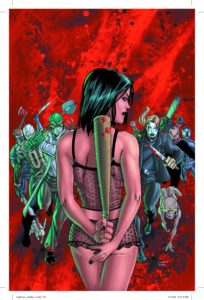
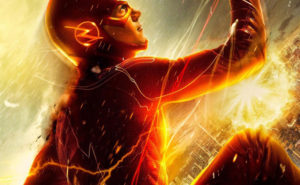
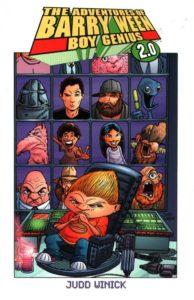
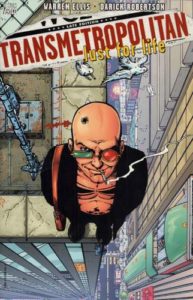
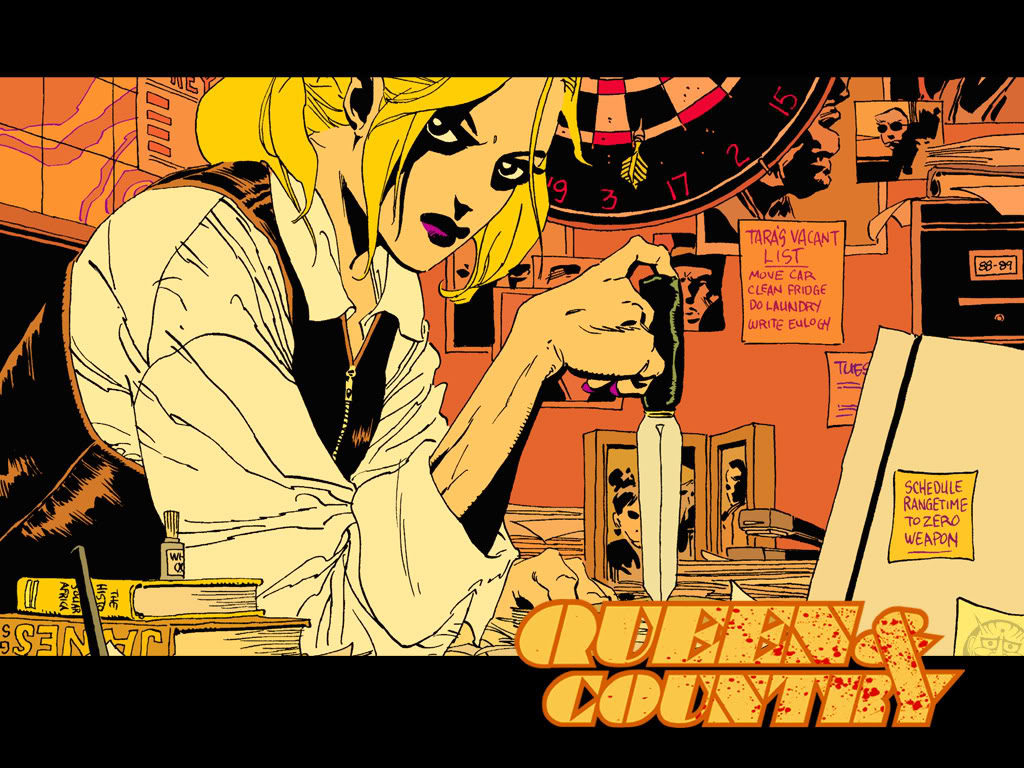
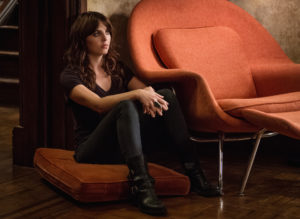
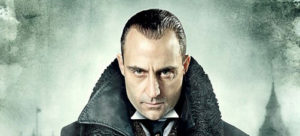
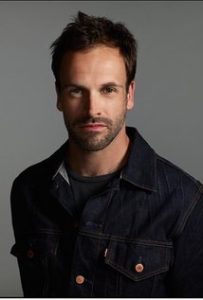 Tom Wallace is Tara’s immediate superior and probably closest friend. He’s been in the department just long enough to get promoted to Head of Special Section and out of the field. Ten years ago this would have been a gimme for Colin Firth (even without having seen him go full badass in Kingsmen), but the age gap doesn’t quite… okay, fine, I just want to see Sherlock and Kitty back together, but it would still work.
Tom Wallace is Tara’s immediate superior and probably closest friend. He’s been in the department just long enough to get promoted to Head of Special Section and out of the field. Ten years ago this would have been a gimme for Colin Firth (even without having seen him go full badass in Kingsmen), but the age gap doesn’t quite… okay, fine, I just want to see Sherlock and Kitty back together, but it would still work.